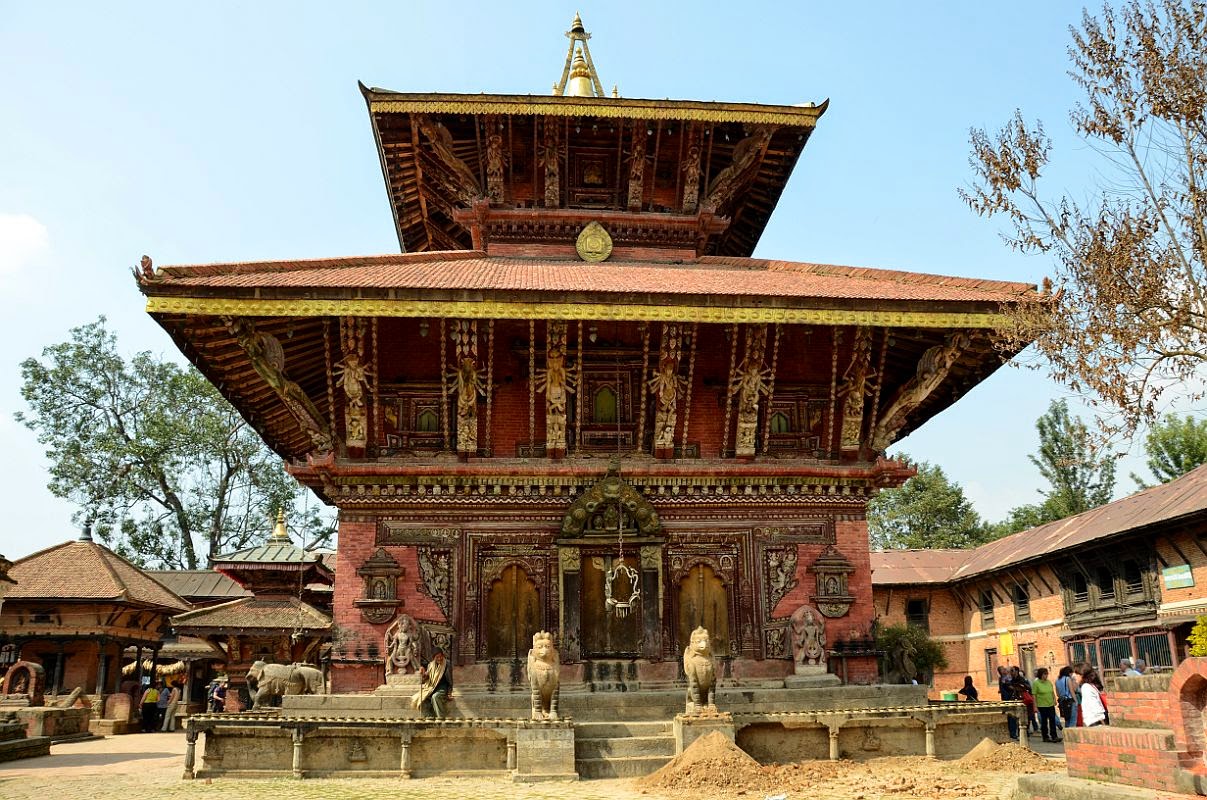Angkor
Wat

Angkor Wat is located
in Cambodia.
Angkor Wat was
first a Hindu temple and the largest religious monument in the world. Its areas 400 square kilometers, including
forested area. This temple is one of the most significant archaeological sites
in Southeast Asian. This temple was built by the Khmer King Suryavarman II, from
the 9th to the 15th century in Yasodharapura. Angkor Wat temple was dedicated to Vishnu. Its construction lasted 37 years. His name
means in Khmer " the city pagoda ". The main tower of the central temple
represents the mountain Meru or Kailash,
the centre of the universe for the Hindus (but also the Buddhists). The temple
is supposed to be invulnerable and During the war which began in 1970, the
inhabitants of Sieam Reap had taken refuge inside the temple.Although
Angkor Wat appears, at first glance, to be a mass of stone with a central
causeway it actually consists of a series of elevated towers, covered
galleries, chambers, porches and courtyards on different levels connected by
stairs. The galleries and its columns set the boundaries for the first and
second levels, while the third level supports five towers - one in each corner,
pictured, and one in the centre .The guardian monkey statues, pictured, sit at
the Banteay Srei temple in Angkor and the whole temple is in the process of
being restored.The modern name, Angkor Wat, means Temple City or City of
Temples in Khmer. It has been noted that such high frequency of tourism and growing
demand for quality accommodations in the area, such as the development
of a large highway, has had a direct effect on the underground water
table, subsequently straining the structural stability of the temples at
Angkor Wat.
History of
Angkor wat temple
According to one legend, the construction of Angkor Wat was
ordered by Indra to act as a palace for his son Precha Ket Mealea. According to
the 13th century Chinese traveler Daguan Zhou, it was believed by some that the
temple was constructed in a single night by a divine architect. The initial
design and construction of the temple took place in the first half of the 12th
century, during the reign of Suryavarman II (ruled 1113 – c. 1150). Dedicated
to Vishnu, it was built as the king's state temple and capital city. As neither
the foundation stela nor any contemporary inscriptions referring to the temple
have been found, its original name is unknown, but it may have been known as
"Varah Vishnu-lok" after the presiding deity. Work seems to have
ended shortly after the king's death, leaving some of the bas-relief decoration
unfinished. In 1177, approximately 27 years after the death of Suryavarman II,
Angkor was sacked by the Chams, the traditional enemies of the Khmer.
Thereafter the empire was restored by a new king, Jayavarman VII, who
established a new capital and state temple (Angkor Thom and the Bayon respectively) a few kilometers to the north.Nowadays this temple is a powerful symbol of Cambodia, and is a source of great
national pride that has factored into Cambodia's diplomatic relations.
How to reach Angkor wat temple?














